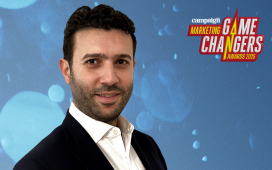Just how vital is a brand’s purpose to consumers?
Environmental, social, and corporate governance concern is no longer a demand from a niche minority; it has become a top-three key purchasing criterion for more than half of consumers globally, according to our recent survey of nearly 200,000 consumers in four countries and nine consumer categories.
Another significant finding with big implications for consumer goods companies is that consumers are personally “divesting” from brands with poor diversity, equity, and inclusion (DEI) and social track records.
To grasp consumer value perception, in 2015 we identified 30 fundamental types of value known as Elements of Value�
To continue reading this article you need to be registered with Campaign. Registration is free and only takes a minute. Register Now or sign in below if you already have an account.









